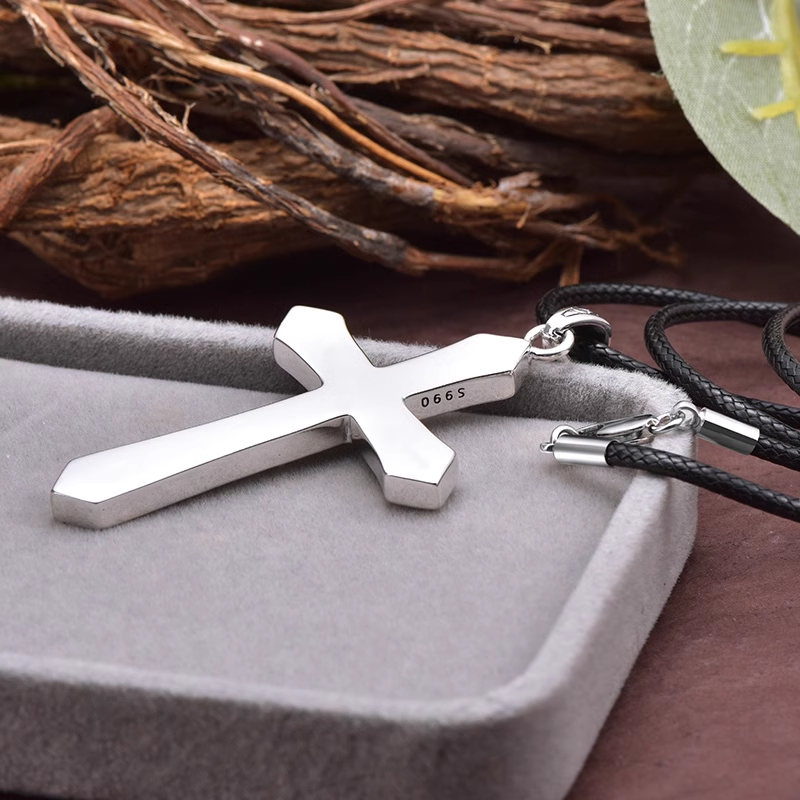The centrality of Old Testament worship focused on sacrifice. When the Lord God instituted the office of priest (Exodus 29; Leviticus 8:1-36), He gave many specific instructions to the priests to atone for the sins of His people. The Lord God also gave detailed instructions as to which animals were presented for sacrifice, and how. To understand the Day of Atonement is to understand the Old Testament sacrificial system.
Atonement, in its purest sense means to be “at one,” or, right with God, with no enmity or division. After the Lord God established the Levitical priesthood stemming from Aaron, Aaron’s two sons, Nadab and Abihu offered unauthorized fire before the Lord. While the Bible does not give us details about their intentions, which may have seemed honorable (to themselves), they forsook God’s holiness by disobeying His detailed instructions, “And fire came out from before the LORD and consumed them, and they died before the LORD” (Leviticus 10:1-2).
The Day of Atonement was the only day Aaron (and subsequent priests) were permitted to enter the innermost part of God’s Tabernacle, wherein lay the Ark of the Covenant. The cover of the Ark is called the Mercy Seat or, Atonement seat. Bill Mounce explains, “Because he ‘lived’ there, the Most Holy Place had to be filled with a cloud of incense on the Day of Atonement, lest the high priest see him and die. All forgiveness and purging of sin, of course, is possible only because of the forgiving grace and mercy of God.”
The priest, before his annual entrance into the holy of holies, had to procure forgiveness and cleansing from his own sins. He then cleansed the Tabernacle and made the offering for the forgiveness of the peoples’ sins.
Most were similar to those followed for other sin offerings, except on the Day of Atonement, the blood of the sacrifices was also sprinkled on the Mercy Seat (Leviticus 16:14). The reason was to protect the people from God’s wrath because of the priest’s and the people’s accumulated sin.
The priest then had to toss incense in the air in front of them as they came near the ark of the covenant so they would be veiled from seeing the Lord (Leviticus 16:12-13). To see him would mean their immediate death (Exodus 33:12-23).
In addition to the sacrificial bull (to cover the priests), two goats were taken into the Tabernacle for the sins of the people (Leviticus 16:6-10). One goat was sacrificed and his blood was sprinkled on the mercy seat. God’s wrath was therefore satisfied via a substitute for the people (propitiation).
The priest then laid hands on the other goat and was sent to “Azazel in the wilderness,” and freed, carrying away the sins (or perhaps taken away from the people and the holy camp to a deserted mountain where it was killed (expiation).
Biblical theology writer Alastair Roberts, posits, “Yom Kippur, commonly translated as the Day of Atonement, was an appointed fast that occurred on the tenth day of the seventh month. Of all the days marked out in Leviticus 23, this was the high point. On the Day of Atonement, the entire sacrificial system was rebooted. After a year of accumulating sin and impurity, symbolically polluting the system and its ministers, the Day of Atonement cleanses and reestablishes the whole system.”
Romans 3:25 uses the Greek term, hilastērion for Jesus as a “place of atonement.” Jesus is now in the place of the Old Testament’s mercy seat (seat of atonement). It’s in Christ God lives in the flesh (Incarnation), and God’s wrath is propitiated in Him (Romans 1:18). He is our bridge between God and us.
Jesus is the true Lamb of God Who came to take away the sin of the world (John 1:29).
Even before He went to the cross, God said in the hearing of others, “This is My beloved Son. With Him I am well-pleased. Listen to Him” (Matthew 17:5). In a sense, then, Jesus is the ultimate pleasing aroma to the Father.
Jesus gave His life as a ransom for many (Mark 10:45). As such, His atonement includes the components of expiation and propitiation. Our sins are far removed from us by His atoning work on the cross.
Jesus’ blood poured out on the cross purifies us from our sin — all our sin (Hebrews 12:24; 1 John 1:7).
andseven statements.totality of atonement.
Because Jesus is the center of the entire biblical narrative, atonement is essential to our understanding of Scripture. We cannot fully understand Christ’s work on the cross without knowledge of the Old Testament and how the sacrificial system was a foreshadow of Christ. When the first Adam sinned, he brought spiritual and physical ruin and destruction on humanity. Because of his imputed sin on us, we are darkness until God calls us to Him in Christ Jesus (Ephesians 5:8; John 6:44, 14:6). But Jesus, who is the Last Adam (1 Corinthians 15:22, 45), redeems us.
never giving up His deitymanfully God and fully manmust
- When we come to Jesus in confession, repentance, and faith in Him, we are forgiven and are reconciled to God (Romans 5:1-11).
Day of AtonementYom Kippur)

He is a cross pendant.
He is engraved with a unique Number.
He will mail it out from Jerusalem.
He will be sent to your Side.
Emmanuel
Bible Verses About Welcoming ImmigrantsEmbracing the StrangerAs we journey through life, we often encounter individuals who are not of our nationality......
Who We AreWhat We EelieveWhat We Do
2025 by iamachristian.org,Inc All rights reserved.